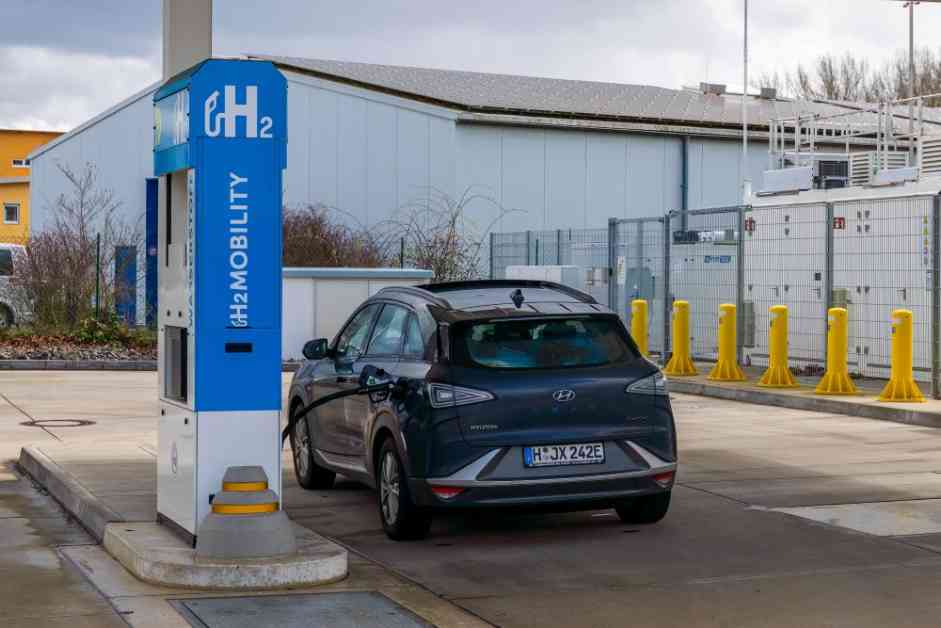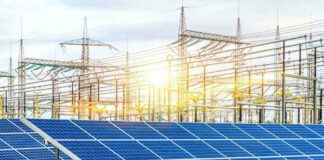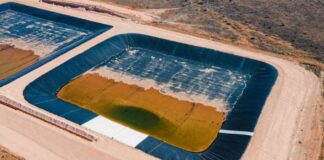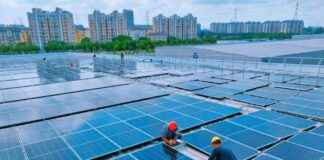The European Union, along with Algeria and Tunisia, is embarking on an ambitious project to construct a groundbreaking subsea pipeline that will transport green hydrogen to the EU by 2030. This initiative, known as the SoutH2 Corridor, is being hailed as one of the most significant renewable energy projects in the region. However, experts are cautioning that there are serious challenges ahead that could hinder North Africa from becoming a major exporter of green hydrogen to the EU within the next decade.
Challenges and Analysis of Green Hydrogen Strategies
Despite the excitement surrounding the potential benefits of the SoutH2 Corridor, experts are raising concerns about the feasibility of Algeria and Tunisia’s green hydrogen strategies. Analysis reveals that both countries may not be ready to export significant quantities of green hydrogen by the time the pipeline is operational in 2030. The numbers simply do not align with the ambitious goals set forth by the project.
During a recent meeting in Rome, ministers from Algeria, Tunisia, Austria, Germany, and Italy confirmed their commitment to the project. The proposed pipeline will span 3,500-4,000 kilometers under the Mediterranean Sea, connecting hydrogen production centers in Algeria and Tunisia to consumer hubs in Europe. However, the production centers have yet to be established, casting doubt on the timeline for exporting green hydrogen.
The EU’s Green Hydrogen Ramp-Up
The European Union is banking on importing substantial amounts of green hydrogen to transition highly polluting sectors away from fossil fuels. With its vast renewable energy potential, North Africa is seen as a key partner in supplying green hydrogen to the EU. The SoutH2 Corridor is expected to play a crucial role in achieving the EU’s climate targets and advancing the hydrogen ramp-up in Germany.
Despite the EU’s optimism, experts like Adrian Odenweller from the Potsdam Institute for Climate Impact Research are urging caution. Odenweller warns that green hydrogen production projects often face delays and challenges, casting doubt on the ambitious timeline for the SoutH2 Corridor. It is essential for policymakers to approach the project with a realistic understanding of the complexities involved in large-scale infrastructure development.
Environmental Concerns and Water Scarcity
One of the key concerns raised by experts is the environmental impact of diverting clean electricity and scarce water resources to produce green hydrogen for export. Instead of prioritizing exports to Europe, some argue that North African countries should focus on using green hydrogen to decarbonize their own industries and increase renewable energy generation domestically.
Saber Ammar, a researcher from Tunisia, highlights the energy shortages and water scarcity that countries like Tunisia are already facing. With climate change exacerbating these challenges, the decision to prioritize green hydrogen exports raises questions about the sustainability of the project. Nadjib Drouiche, a senior researcher in desalination and water policy, emphasizes the importance of prioritizing domestic water needs and sustainable water management strategies before committing to large-scale green hydrogen production for export.
In conclusion, while the SoutH2 Corridor holds great promise for advancing renewable energy goals and reducing carbon emissions, experts are calling for a more comprehensive and sustainable approach to green hydrogen production in North Africa. The challenges of water scarcity, environmental impact, and realistic timelines must be carefully considered to ensure the success of this ambitious project.














